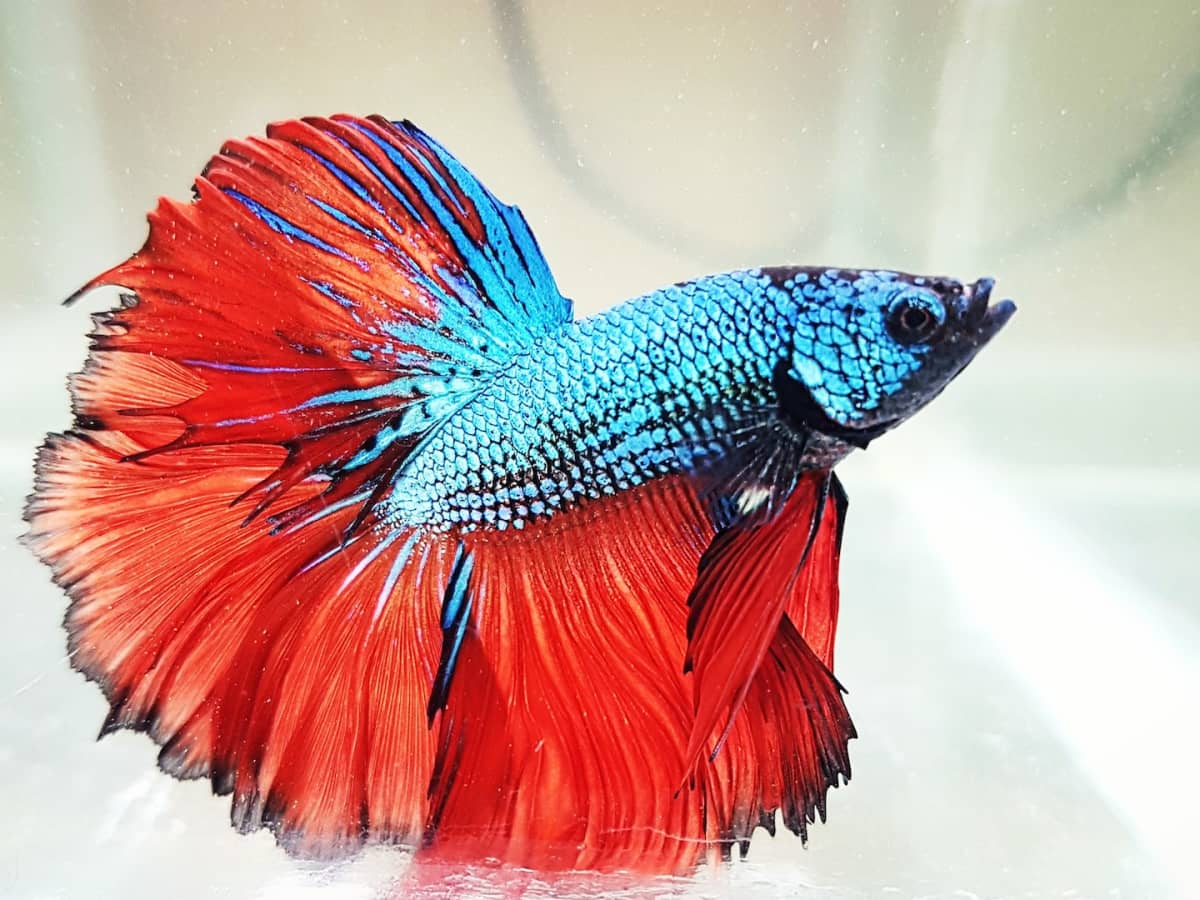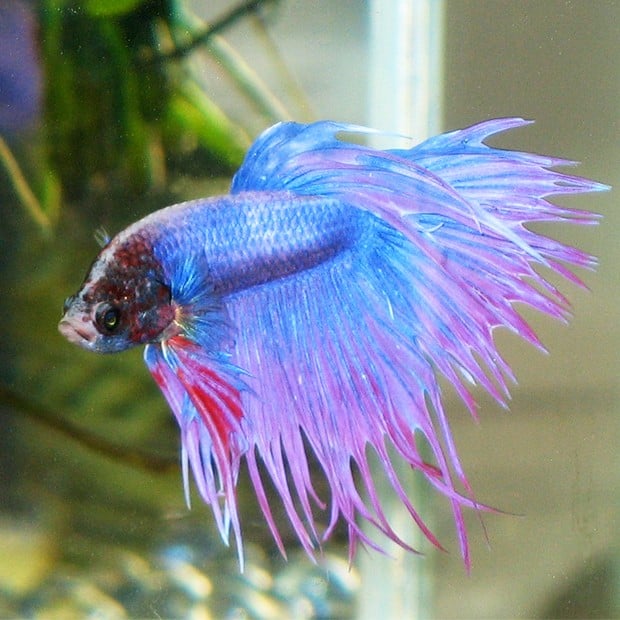How to Develop the Perfect Betta Fish Habitat at Home
How to Develop the Perfect Betta Fish Habitat at Home
Blog Article
Exactly How to Breed Betta Fish Efficiently: Professional Strategies and Insights for Hobbyists Seeking To Expand Their Betta Collection
Reproducing Betta fish requires a nuanced understanding of genes and ecological conditions, making it necessary for hobbyists to come close to the process with both persistance and care. Producing an optimal breeding setting, choosing the best sets, and observing the complexities of their courtship actions are foundational actions that can significantly impact the outcome. Additionally, the subsequent treatment of the fry is crucial for guaranteeing their healthy advancement. As we explore these crucial parts, it comes to be clear that effective reproduction is not just regarding the first pairing but includes a more comprehensive strategy that advantages mindful factor to consider.
Comprehending Betta Fish Genetics
Comprehending the genetics of Betta fish is important for successful breeding, as it affects qualities such as color, fin shape, and actions. Betta fish show a varied selection of colors and patterns, largely established by their hereditary make-up.
Along with coloration, fin morphology is another considerable facet of Betta genetics (betta fish). The shape and dimension of fins are influenced by various genetics, including those that determine whether the fins are brief, long, or veil-shaped. Comprehending these genetic variations aids breeders predict the phenotypic end results of their children
Furthermore, behavior qualities such as aggressiveness and territoriality can additionally be influenced by genes. These habits play a vital role in the breeding process, as they can impact spawning success and the general temperament of the resulting fry. By comprehensively recognizing these genetic concepts, breeders can make enlightened choices, ultimately boosting their breeding programs and attaining desirable outcomes.
Preparing the Reproduction Atmosphere
Producing an optimal breeding atmosphere is essential for the effective reproduction of Betta fish. The first step in preparing this setting is to pick an appropriate breeding storage tank, preferably varying from 5 to 10 gallons.
Next, take into consideration making use of a sponge filter or an air rock to give mild water circulation without developing solid currents that can emphasize the fish. It is necessary to mount plants or reproducing cones to offer concealing places and advertise comfort for the woman throughout the spawning procedure. Drifting plants, such as Java moss or water sprite, can additionally develop a more natural environment while assisting in bubble nest structure by the man.
Prior to presenting the breeding pairs, guarantee the water is conditioned and without dangerous chemicals, such as chlorine or hefty metals. betta fish. Routine water modifications ought to be carried out to preserve optimal water quality, enhancing the opportunities of effective reproduction. With these preparations in position, the breeding environment will certainly support the health and wellness and health of both Betta fish
Choosing Breeding Pairs
Selecting the right reproduction sets is vital for accomplishing successful Betta fish reproduction. When picking your breeding pairs, consider several vital variables consisting of health, temperament, and genes. Healthy Betta fish exhibit vivid colors, clear eyes, and active behavior. Picking fish that are devoid of illness ensures a far better possibility of producing sensible children.
Character is an additional essential factor to consider, as Betta fish are understood for their hostile nature. It is a good idea to pick a man and woman that exhibit suitable characters to lessen anxiety throughout the breeding procedure. A calm man can encourage a smoother courtship, while a lady that is too hostile may interrupt the procedure.
Genetic background additionally plays a considerable duty in the quality of the children. Reproducing fish that are genetically varied can decrease the risk of hereditary wellness issues and enhance the general vitality of the fry. It is useful to look into the lineage of both the male and woman, concentrating on preferable characteristics such as fin type, color scheme, and size.
The Reproduction Refine
The reproduction process of Betta fish needs cautious pop over here preparation and focus to detail to guarantee a successful result. It is vital to prepare a suitable breeding tank, ideally a 5-10 gallon aquarium with a temperature preserved at 78-80 ° F. The storage tank must be geared up with a heating unit, filter (preferably sponge type to prevent strong currents), and plenty of water plants for the woman to hide.
Once the environment is set, introduce the selected breeding pair to the tank, enabling them to accustom. Observe their habits; the male will display elaborate courtship routines, consisting of flaring his fins and constructing a bubble nest. If the woman reveals rate of interest, she will display upright red stripes showing preparedness for spawning.
When the lady is receptive, both will involve in a breeding welcome, throughout which the male feeds the eggs. It is important to check their communications very closely, as the male might come to be hostile. After spawning, get rid of the female to prevent prospective damage. The male will certainly tend to the eggs, which generally hatch within 24-36 hours. Keeping ideal water conditions throughout this duration is vital for the development of healthy and balanced Betta fry.
Taking Care Of Betta Fry

Feeding Betta fry is essential, as they need a diet regimen high in healthy protein. Initially, they can be fed infusoria or liquid fry food, transitioning to finely crushed top notch pellets as they expand. Feed little portions several times a day to urge healthy and balanced development without straining the container with leftover food.

As they develop, monitor their development closely and divide any hostile people to avoid damage. By offering a supporting atmosphere and appropriate nourishment, enthusiasts can successfully increase Betta fry into vivid, healthy fish, inevitably look at this site improving their reproduction endeavors.
Final Thought
Effective Betta fish reproduction calls for thorough attention to genetic choice, environmental conditions, and care for the fry. By comprehending the genetics of Betta fish and preparing a proper breeding atmosphere, hobbyists can improve the possibilities of producing dynamic, healthy offspring.
Report this page